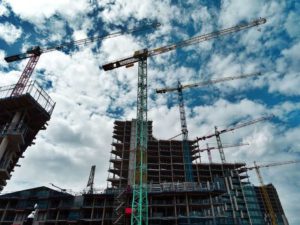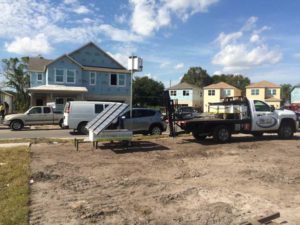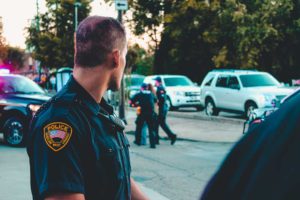Combining tools and technology creates a robust defense against thieves and vandals. We call this a layered approach to physical security. Too often, businesses rely on basic security options like fences and alarms. While these tools serve a purpose, alone they aren’t enough to secure their business and proactively stop crime.
When it comes to protecting your business, relying on a single security measure (A.K.A. layer) like a fence or basic record-and-store camera system is like locking your front door but leaving the windows wide open. It’s just not enough. In today’s world, where security threats are on the rise, a layered approach is the smartest way to keep criminals out and your business safe.
According to our research, 40% of business leaders polled did not change their security strategy in 2024 despite 91% reporting that physical security incidents increased or stayed the same that year. The issue could lie in the fact that businesses are struggling to identify a security strategy that works for them, or they are failing to combine tools for the ultimate defense. By combining physical barriers, hidden deterrents, and artificial intelligence (AI)-powered tools, businesses can create a security strategy that’s not just reactive but proactive.
Defining the Layers of Security
Setting up fencing to establish a perimeter is a great first line of defense. However, fences can be easily bypassed. The same goes for security cameras. Many businesses will install cameras but fail to ensure proper lighting of their site resulting in low quality, grainy footage. And those that fail to tap into the power of artificial intelligence (AI) to speed up response times and filter out false alarms will miss out on proactive security and additional business benefits. This is where the layers of security come into play. Let’s break it down even further.
Layer 1: Physical
The first layer consists of physical crime prevention tools that are the foundation of most security strategies. This includes:
- Fencing – Establishes a perimeter.
- Lighting – Helps to illuminate the site and enables better security footage.
- On-site guards – Many businesses will hire guards to walk the site or stop by throughout the night.
- Security cameras – A staple of many security strategies, businesses often install record-and-store systems which record footage to be viewed at a later time.
Layer 2: Hidden
The next level of security involves hidden defenses – tools and deterrents a would-be thief wouldn’t necessarily see but that could certainly send them running. This includes remote video monitoring (RVM) which consists of security cameras being monitored by remote guards – trained professionals keeping watch from a remote location. Additionally, deterrents play a massive role in stopping criminals in their tracks. These are activated by the same people watching camera feeds remotely and reacting in real time. To recap, this layer includes:
- Remote video monitoring (RVM)
- Deterrents:
- Flashing lights
- Sirens and alarms
- Pre-recorded announcements
Layer 3: Enhanced
Businesses looking to take the ultimate crime prevention stance will layer on a third level of enhanced capabilities. This involves the introduction of AI which is layered on top of cameras and deterrents automating parts of the process to make it faster and more effective. AI helps enhance the following:
- Detection – AI learns what is suspicious behavior and alerts monitoring staff to the most pressing threats.
- Response time – AI can filter video faster than a human, speeding up the time it takes to detect and act on security threats.
- Filters out false alarms – Because AI is always being worked on, expanded, and becoming more accurate over time, false alarms are filtered out so that monitoring staff can focus on the events that matter most.
Layered Security in Action
Look at Pro-Vigil’s AI-powered RVM solutions. Pro-Vigil combines the speed and reliability of AI to alert trained remote guards in a monitoring center to the most pressing security threats. For example, if someone is spotted jumping over a construction site fence late at night, Pro-Vigil’s AI detects that activity via surveillance footage and alerts our monitoring center. A remote guard takes a closer look, determining which action to take. They can launch proactive deterrents like flashing strobe lights, alarms and pre-recorded announcements. And in the worst-case scenarios, contact the authorities.
While this may seem like a straight-forward approach, several security tools and technologies are layered in this example, demonstrating the importance of a layered approach including:
- Protecting people and assets – Detecting suspicious activity early can minimize losses and alert to safety threats sooner.
- Deterring crime – Calling the police should always be the last resort.
- Ensuring business continuity – No one wants to deal with the downtime or costs associated with replacing lost inventory or fixing damage.
Physical Security Can’t Wait
The best approach to physical security is a layered one. Unsure how to take your security strategy to the next level? Pro-Vigil’s free site assessments help identify weak spots in your security posture and come up with a plan to address those gaps.






